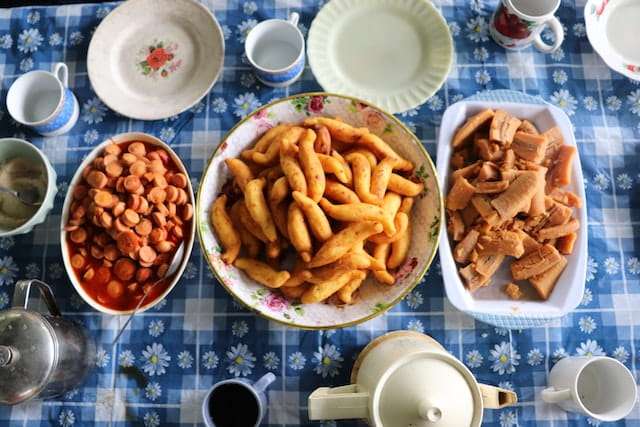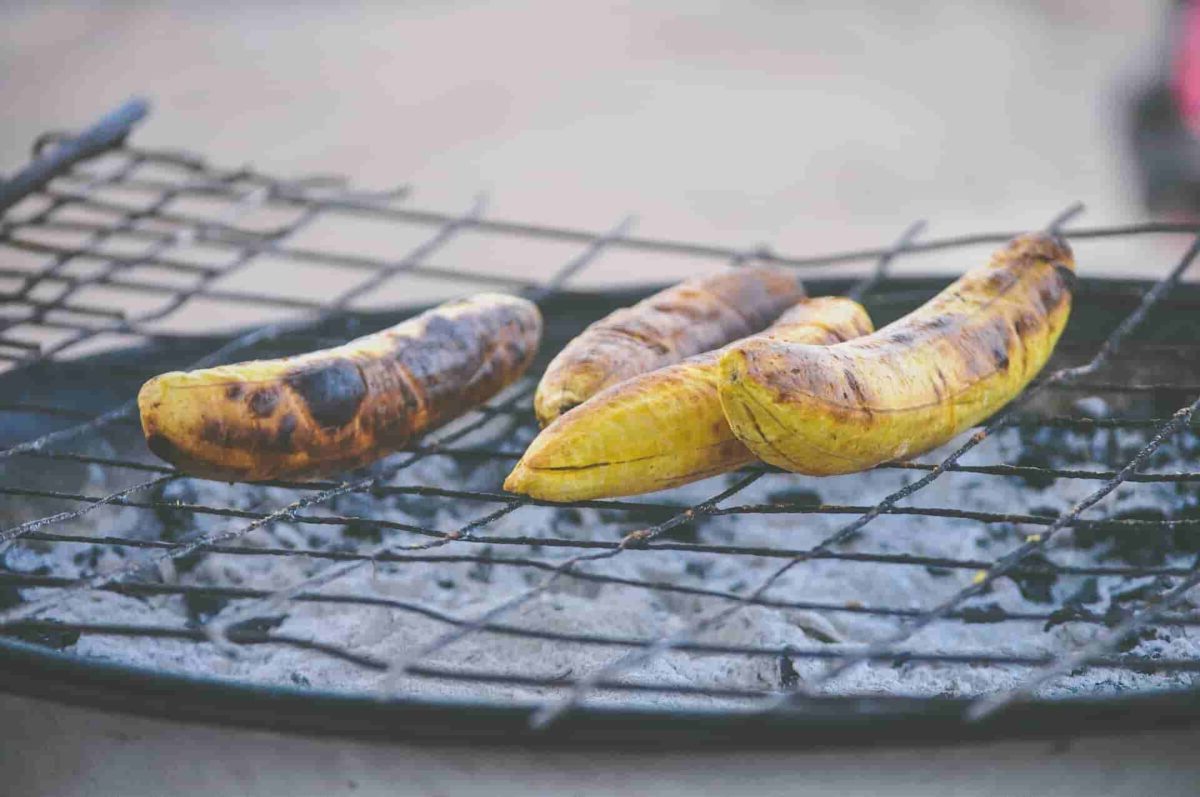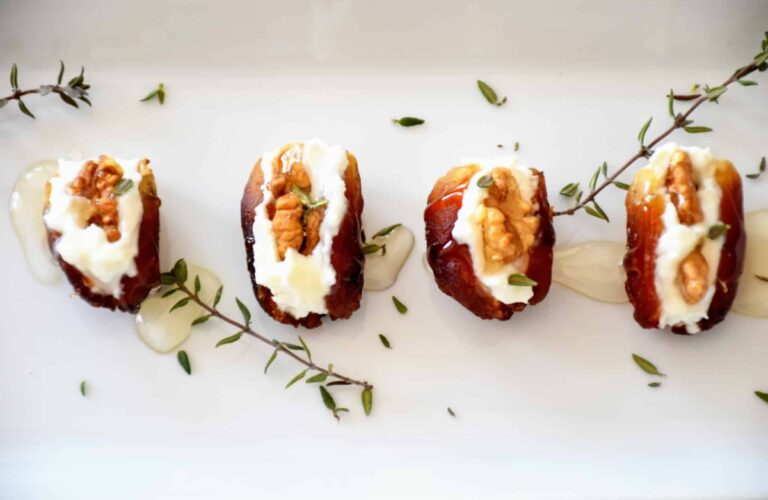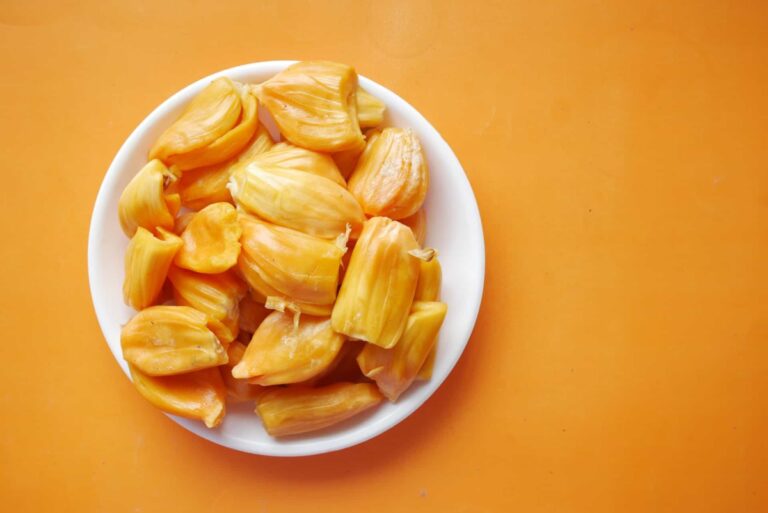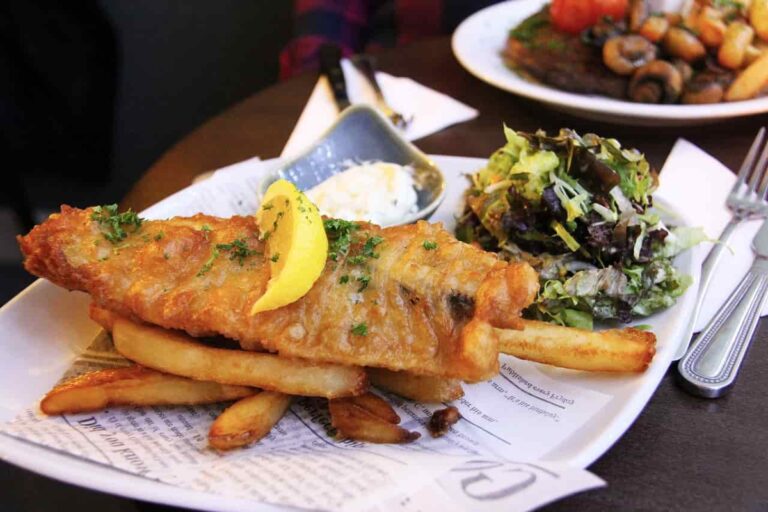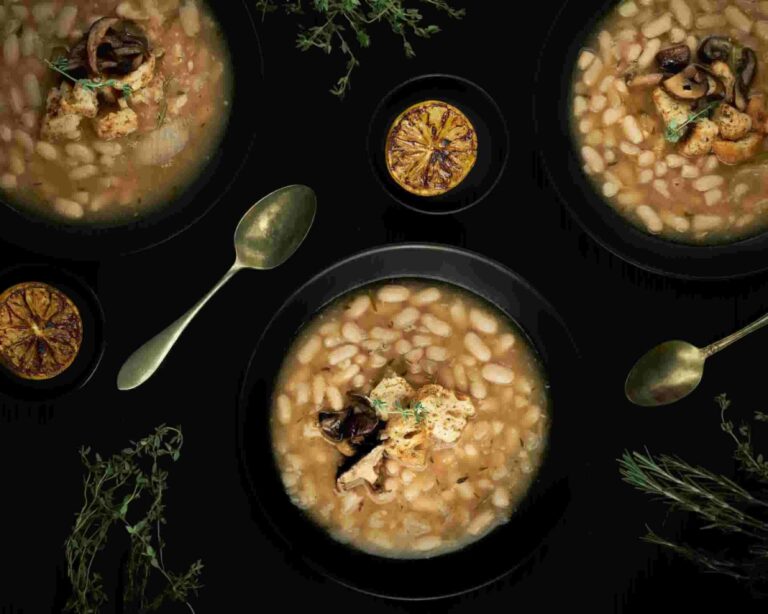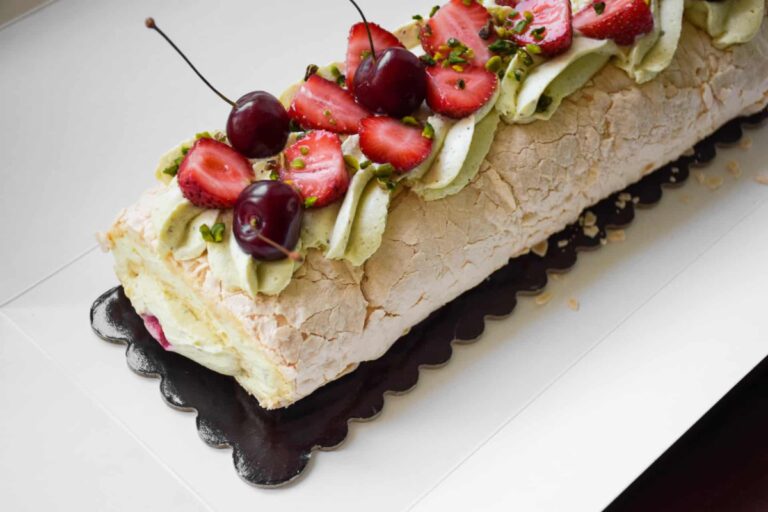37 top plantain kitchen insights and benefits
Did you know that plantain cultivation accounts for around 85 percent of all banana farming across the world?
- In today’s world, there is a dizzying array of different kinds of plantains. The vast majority of them are hybrids created by crossing the Musa balbisiana with the Musa acuminata species. It is thought that the French plantain and the horn plantain species were the progenitors of both of the most important groupings of plantains simultaneously. The islands of the Pacific and Indonesia are where plantains of the French kind first appeared.
- Plantains and bananas are related to one another. But, unlike plantains, which may be eaten uncooked, bananas must be cooked before they can be consumed. Because of the similarities between the two, some people get them confused. We cook them instead of eating them raw since we can not consume them in their natural state. Before we can consume them, we have to first cook them! You may do this by boiling, baking, frying, or doing anything else with the plantains. Our incredible plantain crisps can be made by frying the plantains.
- They are a reliable source of nutrition in West and Central Africa, the islands of the Caribbean, Central America, and the northern and coastal regions of South America. Have you ever been to a nation where plantains are a common food? In the comments area, please share your experiences with us. Your trip adventures are something we are really interested in reading about.
- Plantains go through three distinct stages:
- Green Stage: This is the stage when it is difficult to cut, and when it is fried, it has a sensation similar to that of being crispy. At this point, plantains are the food most often recommended for diabetics to consume.
- Yellow Stage – This is the stage when it appears more like a banana but with black blotches. At this stage, it is still edible.
- Black Stage — When it reaches this point, the majority of areas in Nigeria, including Port Harcourt, utilise it to make a dish called “Onunu.” Even though they are dark in appearance, the flavour is still wonderful.
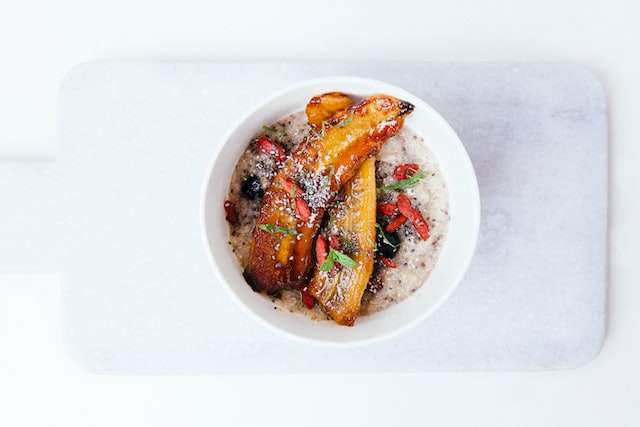
Plantain nutrition values and health benefits
- Plantains are an excellent source of several essential nutrients, including iron, vitamin C, vitamin B6, folate, potassium, magnesium, copper, and vitamin A. Furthermore, they are rich in fibre. You can get roughly 15% of your daily vitamin C needs from only one cup of plantains, which is 12.5 mg.
- Contrary to popular belief, carbohydrates are not necessarily bad for trying to keep your weight down. The starch and fibre in plantains make them a good source of complex carbs. Simple carbohydrates found in highly processed meals are absorbed quickly into the bloodstream, whereas fibre and complex carbs take longer to digest and metabolise. They make you feel full and satisfied for longer after eating, so you consume less unhealthy snacks.
- The vitamin C requirement for the day might potentially be met by eating only one cup of plantains. As an antioxidant, this vitamin may help strengthen your immune system. It has antioxidant properties and may protect the body from free radical damage that has been related to ageing, cardiovascular disease, and even certain forms of cancer.
- It is rather uncommon to see plantains offered as a side dish in a restaurant, sautéed in oil and sometimes even topped with sour cream. While fried plantains are wonderfully tasty, they are not exactly a healthy choice if they are cooked in hazardous oil.
- Plantains are a versatile item that may be used to make recipes, like paleo pancakes, that adhere to dietary restrictions such as being gluten-free or following the paleo diet. If you are in an exploratory mood, you may also try borona, which is produced from ripe plantain (mashed plantain and eggplant).
- Plantain contains carotenes that can be transformed into vitamin A. As plantains are rich in vitamin A, they provide a critical supply of carotenoids for people in developing countries, especially in sub-Saharan Africa. Vitamin A insufficiency is prevented in part by the plantain consumption of women of childbearing age. Moreover, plantains are rich in the nutrients folate and iron, both of which are vital for the development of a healthy foetus and a successful pregnancy.
- The quantity of resistant starch in plantains is high. In humans, resistant starch has no impact on blood sugar levels, much as other types of fibre. Plantain’s resistant starch aids in blood sugar regulation by delaying digestion, boosting fullness, and fortifying “good” gut bacteria.
- Potassium, an important mineral and electrolyte that helps reduce blood pressure, is abundant in plantains. A cup of boiled plantains has 396 milligrammes of potassium.
- As long as you do not add too much salt to them when cooking, plantains are a healthy addition to a diet designed to lower blood pressure. While the daily recommended amount of sodium for most people is 2,300 milligrammes, eating plantains may help you keep your sodium intake down to a healthy level.
- Allergies to plantains and bananas often coexist since they are from the same plant family. Itching in the tongue and throat, hives, swelling, and asthma are just some of the immediate reactions that might occur after eating plantains. See your doctor if you think you have a plantain or banana allergy to be sure you obtain a proper diagnosis.
100g of plantain has 122 calories (510kj), 1.3g protein, 0.4g fat, and 32g carbs, including 2.3g fibre.
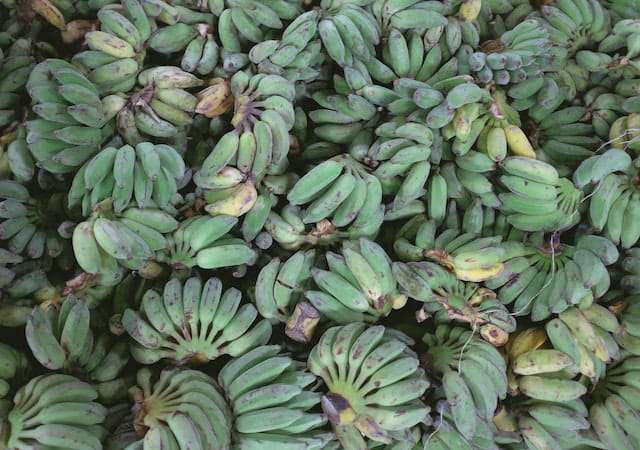
How to store plantain and how to buy them
- Because the shelf life of the fruit is limited, you need to be especially cautious about how the plantains are stored. If you do not keep them properly in acceptable circumstances, then they will go bad in a very short amount of time. When you have an excessive amount of plantains for culinary reasons and you are aware that you are unable to utilise all of them at once. As a result, it will be in your best interest to properly keep them.
- If you have plantains that are ready to eat, you may keep them at room temperature for a few days without having to worry about spoiling them. Plantains, on the other hand, do not suffer from the same texture and quality decline as other fruits do when they are kept in direct sunlight for an extended period of time. At room temperature, plantains may maintain their freshness for many days.
- In cool environments, fruits may maintain their quality for a longer period of time. A refrigerator is the only item that can keep your fruits fresh for an extended amount of time after they have been purchased. The fruits thrive in the refrigerator’s chilly and quiet environment, which is ideal for their development. You may keep the plantains in the refrigerator to make them last for a longer period of time after being purchased. Plantains may be stored in the refrigerator for up to ten days, and raw plantains can be frozen and stored for months at a time.
- If you have purchased an excessive amount of them and do not know where you may put them, the freezer is going to be the finest spot for you to keep them. The plantains will have a longer shelf life if they are frozen beforehand.
- Before you can put the plantains away, you will need to peel them first.
- After peeling the plantains, cut them into pieces and store the slices in plastic bags for the freezer or containers that are airtight.
- When stored at temperatures as low as those found in a freezer, plantains are able to maintain their quality for a whole year.
- It is fairly simple to determine whether or not a plantain is still fresh. After the plantains have gone rotten, it is quite easy to see the tell tale symptoms of rotting in them. There is a shift in the way it tastes, smells, and feels in your mouth. Take into consideration the following factors to determine whether or not the plantains you have purchased are fresh:
- Inspect the plantains to determine their consistency. A symptom that food has gone bad is when it becomes noticeably softer than it usually is. It indicates that the plantains have become spoiled and have lost their characteristic texture. Throw them away as soon as possible.
- If the plantains have a rancid odour, you should not utilise them in any capacity.
- Make sure the plantains have a good flavour. If they have a flavour that is distinct from their typical flavour, then you cannot utilise them in the same way.
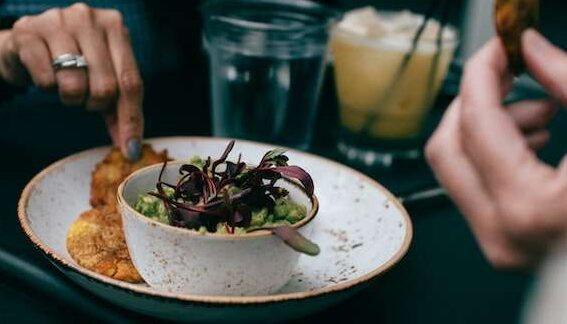
Cooking techniques, secrets, and tips from the kitchen
- Unripe, green plantains have a firm texture and a flavour that is earthy and tannic on the interior. They have not yet developed any trace of sweetness at this point, but they resemble vegetables the most. While green, plantains have a high starch content, which makes them ideal for slicing and frying in order to produce chips or tostones, which are chips made from fried slices of plantain that are then squished flat and cooked once again.
- You may cook green plantain and mash it up to serve as a starchy basis for stews, or you can slice it up and add it to stews like you would a potato. While they are green, they may be quite difficult to peel, and the sap can stain whatever it comes in contact with, so you need to take both of these things into consideration when preparing them.
- Will begin to turn yellow as they go to the next stage of maturity, at which point they will become sweeter and more tender. When they are completely ripe and tender, they will eventually become black as they mature. A riper plantain may also be fried (the flesh caramelises when it is ripe, which is distinct from the chips that are created with green plantain), grilled in strips, or baked in its skin similar to how potatoes are prepared.
- Baked plantain can be eaten as a sweet dish topped with caramel or brown sugar and ice cream, or it can be eaten as a savoury dish topped with salsa and soured cream. When fried, ripe plantain will become brown and crisp on the outside, while the interior will be soft and yielding and almost have the consistency of custard.
- Cutting a green plantain into bits and using a knife to remove the peel and pith is the quickest and simplest method to prepare the fruit for consumption. You should work on a board that can be cleaned, and you should take care not to get any sap on your skin. When you have prepped the plantain, you need to cook it as soon as possible since it will begin to oxidise. Plantains that are yellow may often be peeled in the same manner as bananas. It does not matter what colour plantain you choose; you need to trim off both ends since the flesh is often stringy.
- In the majority of customs, plantain leaves serve an extremely significant function. Comparable to the civilizations of Africa and Asia. They are used as plates for a variety of conventionally prepared meals. The leaves provide a subtle scent to the food that is prepared. When meals are cooked in the leaves or served hot over them, this perfume increases hunger and makes food taste better. It is common practise to give the leaves a faint smoky taste over an open fire in order to lengthen their shelf life, make the leaves more resistant to damage, and boost the intensity of the flavour they impart to food.
- Plantains that have reached maturity have a high affinity for the flavours of a wide variety of foods and beverages, including allspice, butter, cinnamon, cloves, coconut, ice cream, rum, and sugar. Unripe plantains are delicious when combined with a wide variety of flavours, such as bacon, spicy peppers, cilantro, cumin, curry, garlic, lime, pork cracklings, salsa, and sour oranges, to name just a few of the possibilities.
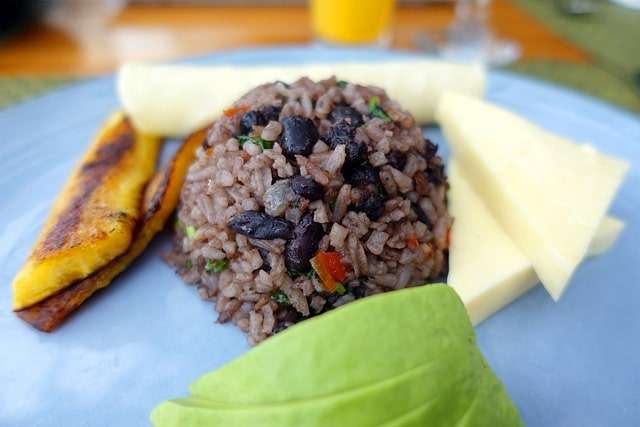
History of plantain from the beginning until today
- Some say it was discovered as early as 327 B.C., while others say it was not until much later. Before the invention of refrigeration, plantains were a popular trade meal regardless of their country of origin. It was said that Alexander the Great discovered this fruit in 327 B.C. and brought it back to Europe.
- Plantains have established themselves as a lucrative item by the year 1500 A.D. A big part of the Bantu Kingdom’s ability to successfully expand into southern and central Africa may be traced back to the success of its fruit cultivation.
- It is reported that in 1516 A.D., a Portuguese Franciscan monk introduced plantains to the Caribbean. After he located the plantains in the Canary Islands, he brought them back to Santo Domingo.
- Pisang goreng, or “fried banana” in Indonesian and Malay, is a plantain snack that is deep-fried in coconut oil until crispy and golden. One may prepare pisang goreng with or without batter, depending on their own taste. Snack food of this kind is popular in several Southeast Asian countries, including Indonesia, Malaysia, Singapore, and Brunei.
- In the Philippines, fried bananas are often mentioned as a defining feature of Arroz a la Cuban. Banana ketchup is exclusively made from saba bananas in the Philippines. Beginning as a wartime substitute for tomato ketchup, it has been in use ever since.
- In the Indian state of Kerala, fried plantain is known as pazham (banana) boli or pazham pori and is often eaten with a coconut chutney. Similar to pisang goreng, plantains are often battered with sweetened rice and white flour and deep-fried in coconut or vegetable oil till golden brown. It is known as bajji in the southern Indian regions where it is often served as a pleasant, fast meal alternative.
- In Costa Rica, ripe plantains are often fried and served as a side dish with meats like chicken and hog. Farmers and the working poor alike formerly relied on it as a primary source of nutrition. The plantain is harvested while it is still green and stored safely out of the reach of any birds. When fully ripe, their colour darkens and they become soft and mushy. Roast chicken breasts, sliced on the diagonal, in (often) pig fat in a heated frying pan or on the hot stovetop until they are cooked. Guard rail is a heated garnish placed on the rim of a dish (as in other central American countries and in Venezuela)
- Ivory Coast cuisine, known as aloco, relies heavily on grown plantains. In various preparations, grilled fish is placed between layers of fried plantains and topped with an onion-tomato sauce.
- Depending on who you ask in Nigeria, roasted plantain is called either boli or bole. Usually, this tropical fruit is grilled and served with roasted fish that has been marinated, crushed peanuts, and a spicy palm oil sauce. It is a meal that comes from the Yoruba people and is eaten in Western Nigeria. People in the working class like it because it is a cheap option for lunch.
- Patacones are a common type of tostones that can be found in plenty in western Venezuela, parts of Colombia, and the Peruvian Amazon. Long slices of plantains are cooked in oil before they are used to make sandwiches with pork, beef, chicken, vegetables, and ketchup on top. Depending on your taste, you can make them with either unripe patacon verde plantains or ripe patacon amarillo plantains.
